Integration and Nonbinariness – A guest post by Anatomy Trains Certified Teacher, Kieran Schumaker –
We who teach and study integrative movement and bodywork care about helping people resolve the oppositional forces in life. We work to create lift and grounding, and we work to find a balance between left and right, anterior and posterior, superficial and deep. Another polarity we work with is ‘core’ vs ’sleeve’.
Structural integrators classically begin with the “Sleeve,” giving attention to the superficial layers, and then we devote four sessions to the Core. In the final sessions, we focus on helping the Core and the Sleeve to relate or work well together. This latter part of the journey we refer to as the Integration Sessions. Throughout the final sessions, we ask ourselves and look to our clients for answers to the question, “What is needed to help facilitate integration?” The solution often involves returning to the superficial details that we might have missed in the early sessions.
During the integration sessions, we can better see what needs to change in the outer layers in order to help a person make sense of and fully utilize or embody the changes that have been unfolding in the Core. In addition to fine-tuning the balance of Core and Sleeve, left and right, front and back, the other factor essential for integration is “time.”
Clients, patients, and practitioners are sometimes impatient or disappointed by a lack of immediate symptom resolution. Yet, we hope our clients can envision that the long arc of change, the journey forward, will be worth the effort and investment, and we strive to help them learn simply to enjoy the present evolving experience.
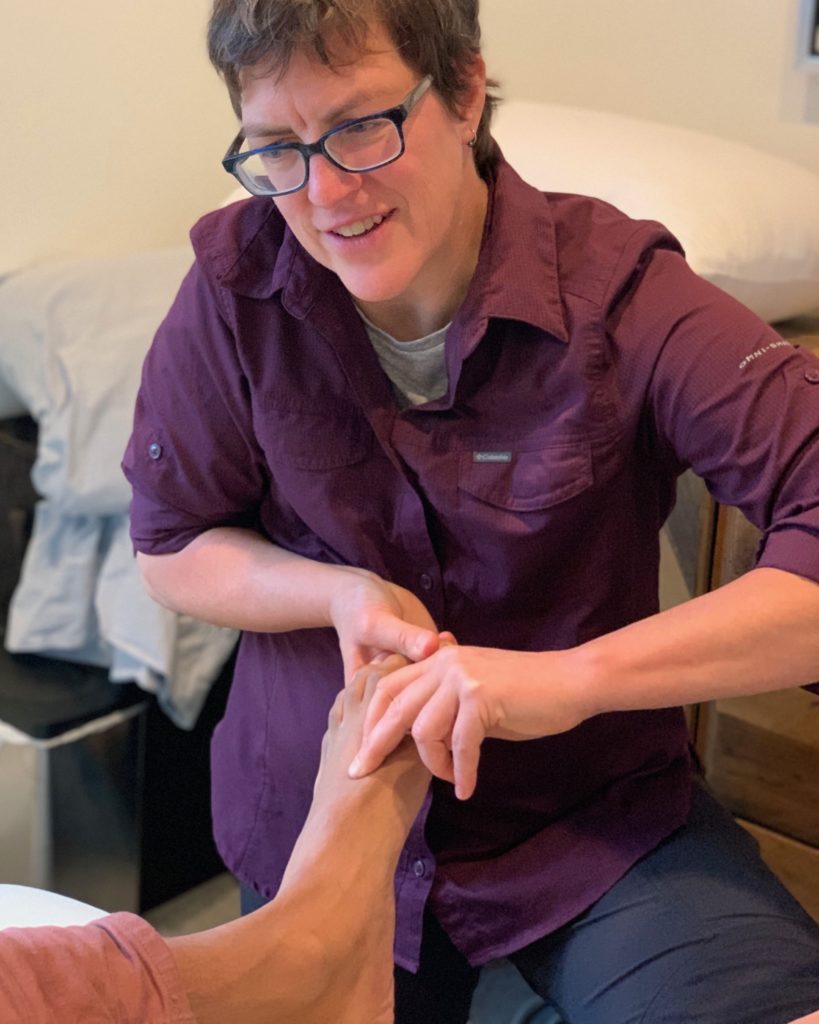
After fifteen years as a structural integrator, and after receiving and processing much integrative work, I think I have a more profound, patient, and peaceful appreciation for the complex, individual journeys that people make toward integration.
It’s not a short process, there isn’t one right way to do it, and you don’t quite ever finish. For years I have been aware that two essential attitudes guide and support me in my work; I try to pass these on to my students because they will ease the journey for both practitioner and client: cultivating curiosity and letting go of attachments to the past and the future. These are my ongoing lessons. (We teach what we need to learn.)
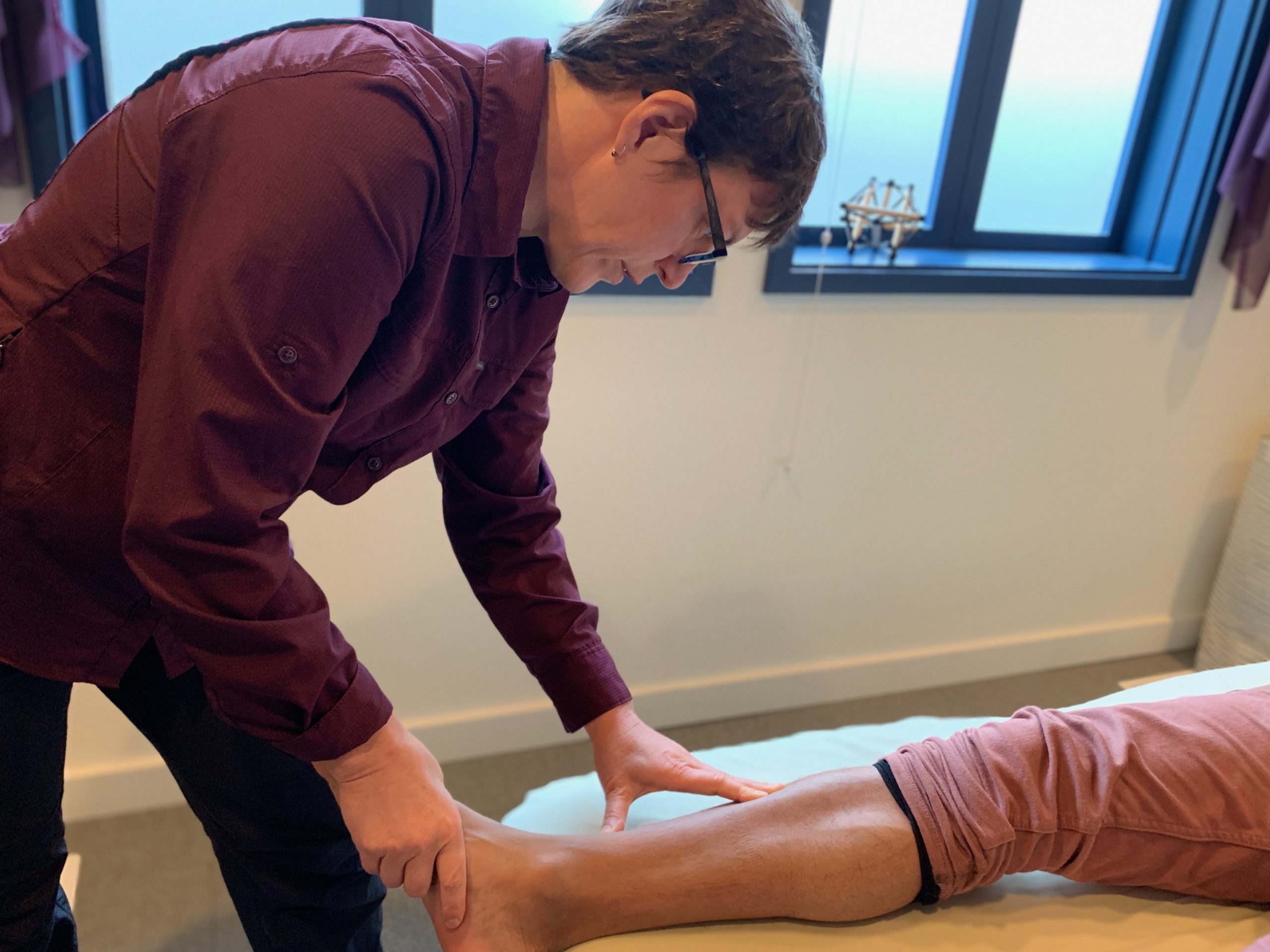
Students of SI, at some point in their training, ask, “What are the signs of integration within an individual?” Clients want to know, “How do I recognize integration within myself?” As teachers and practitioners, we reply that you will see or feel both grounding and lift. You will see or feel more balance, left and right, top and bottom. You will notice
the ease of a freer, deeper breath. You will see and experience adaptability and resilience when challenging events occur, and you will have more enjoyment of movement in everyday life.
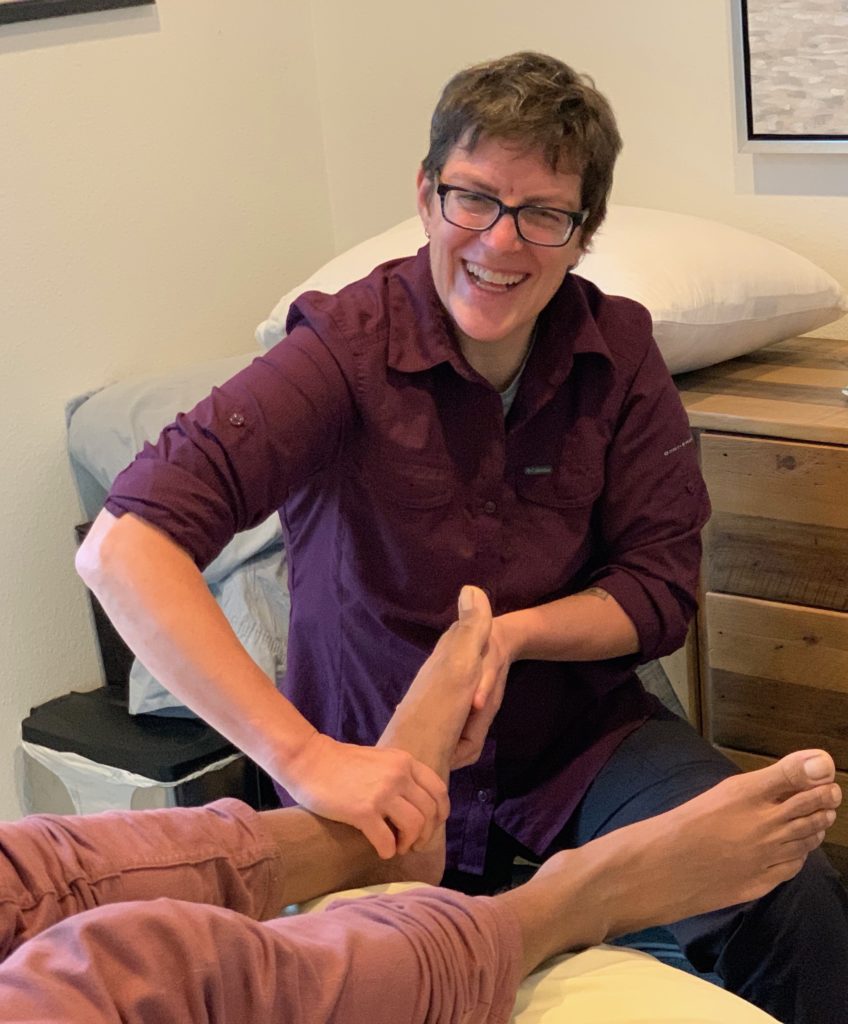
Beyond the body, as resilience emerges in your physical functioning, you may also notice you can more easily moderate and track your emotional experiences with kindness toward yourself, being less reactive and less stuck.
Do you hear a theme of balance between opposites? Beyond mere balance, there is the reality of a whole palette of experience between the pairs of opposites.
All of my work and life experience has helped me to understand the idea of nonbinary gender. Thanks to younger generations, who easily see gender as a diverse spectrum of experience and expression, I now have language and cultural support for my nonbinary gender identity.
The changing of a name, a haircut, a shirt style, or a pronoun might seem superficial at first. Name changes and pronoun changes may seem inconvenient, grammatically annoying, or not significant. But when someone you know comes out or emerges as nonbinary, gender-nonconforming, or genderfluid, as a parent, a practitioner, friend, or coworker, you can be the most supportive if you honor that the superficial indeed has meaning and is connected to the person’s core self.
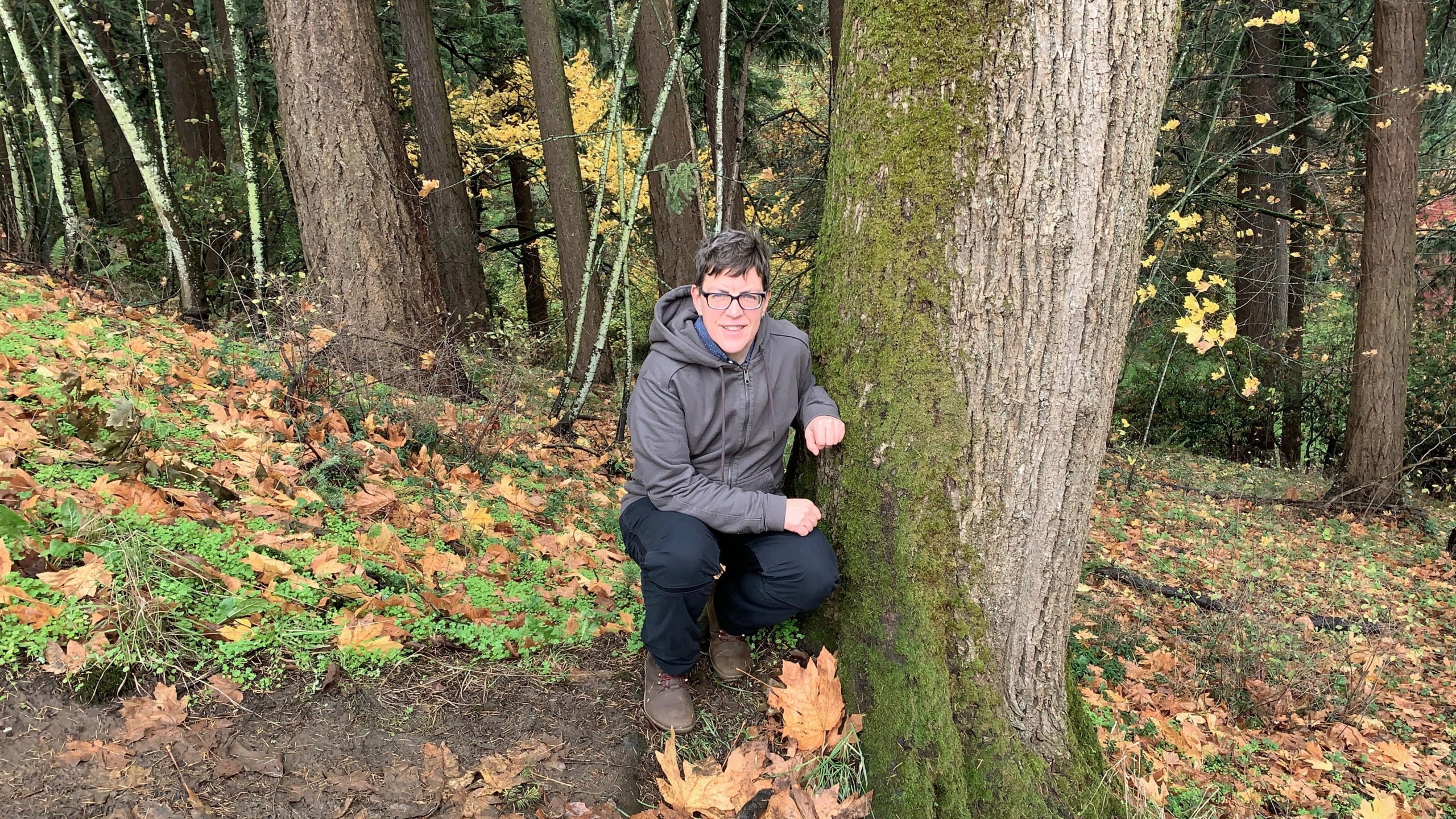
In the year 2020, which for many of us has been a crucible for change and a year for personal reevaluation and transformation, I have decided to come out as nonbinary. I can name many milestones, starting from age four, that illustrate how my middle-of-the-spectrum gender identity has been a part of me for my whole life. But I am thankful I live in an era and in a country where this is safe and possible. My next Driver’s License will even have a nonbinary gender marker. Along with our culture and laws, I am delighted that the English language is changing. (Note for the language nerds: the Oxford dictionary has added singular “themself” to the lexicon, but other dictionaries insist that “themselves” is the correct reflexive pronoun for a nonbinary person.) It took me a while as a grammar stickler, but I have finally adjusted to singular “they.” I love that a dictionary supports the grammatical logic of a sentence such as “Kier knows themself.”
So, at age 56, having been out as a lesbian for 38 years, it is not feeling like such a big deal for me to make the public shift to nonbinary gender identity. It feels more like a superficial but helpful “finishing touch” in the long arc of my integration. Yet, I notice myself acting with greater integrity and regarding myself with greater kindness. This process does ground me and connect me to my core.
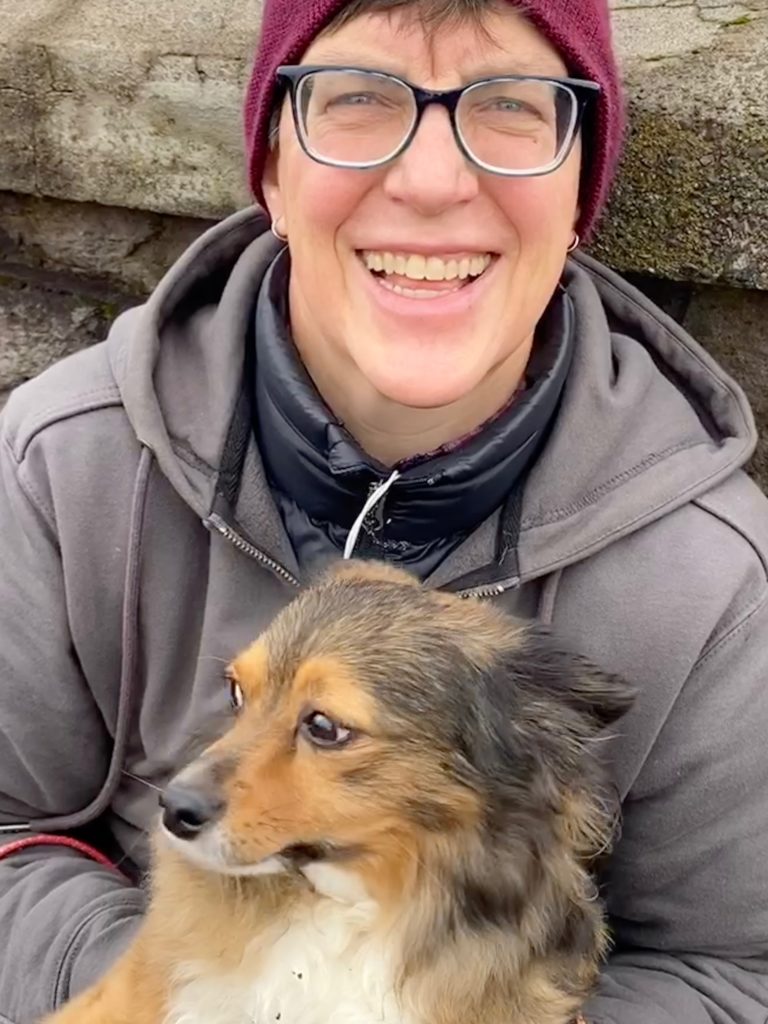
It may sound like I am primarily acting for personal integrity, but coming out and being out as a nonbinary person also feels like responsible leadership, which is why I am writing. As I think of my earlier struggles as a younger person, I hope that my coming out will help someone else find their way along their unique path to integration.
I am grateful to the team at Anatomy Trains, who have witnessed and helped me blossom into the practitioner and teacher that I am. I didn’t hesitate to tell them about my gender identity, name, and pronoun shift, because I knew they all would have my back and offer support. Thank you to all my colleagues, family, friends, and students who have made short statements of support via Facebook. Those many small, thoughtful notes and gestures add up to an overwhelming message that I am truly loved and accepted.
May parents of nonbinary or genderfluid young people and practitioners with gender diverse clients and patients be better prepared to support them on their integrative journeys. May we all find an easier path with less suffering, more groundedness and inspiration, and greater integrity in 2021. — Kieran Schumaker, December 2020
© 2020 Agile Body Integrative
Click here learn more about Kieran’s Neurovascular Release™ courses.





